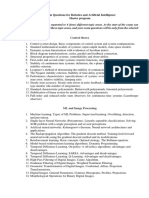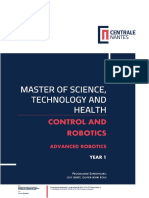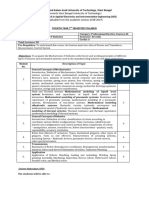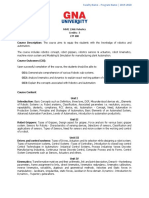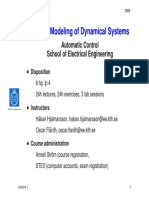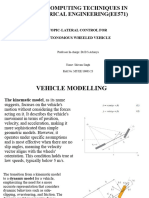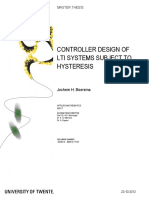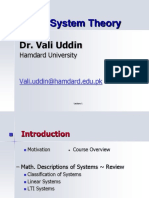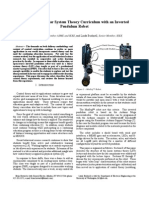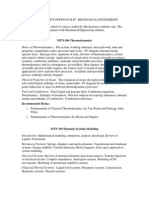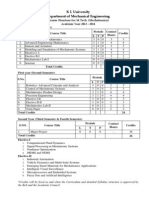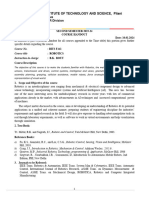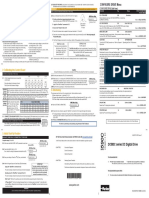0% found this document useful (0 votes)
14 views23 pagesControl 01 - Introduction To Control
The document outlines an introductory lecture on Control Engineering by Dr. Khawaja Fahad Iqbal, covering key concepts such as Control Theory, LTI Systems, and the building blocks of control systems. It emphasizes the importance of models in control strategies, including stability, tracking, robustness, and optimality. Examples of systems like robots and cars are discussed to illustrate the application of control engineering principles.
Uploaded by
Muhammad Nafees MumtazCopyright
© © All Rights Reserved
We take content rights seriously. If you suspect this is your content, claim it here.
Available Formats
Download as PPTX, PDF, TXT or read online on Scribd
0% found this document useful (0 votes)
14 views23 pagesControl 01 - Introduction To Control
The document outlines an introductory lecture on Control Engineering by Dr. Khawaja Fahad Iqbal, covering key concepts such as Control Theory, LTI Systems, and the building blocks of control systems. It emphasizes the importance of models in control strategies, including stability, tracking, robustness, and optimality. Examples of systems like robots and cars are discussed to illustrate the application of control engineering principles.
Uploaded by
Muhammad Nafees MumtazCopyright
© © All Rights Reserved
We take content rights seriously. If you suspect this is your content, claim it here.
Available Formats
Download as PPTX, PDF, TXT or read online on Scribd
/ 23



